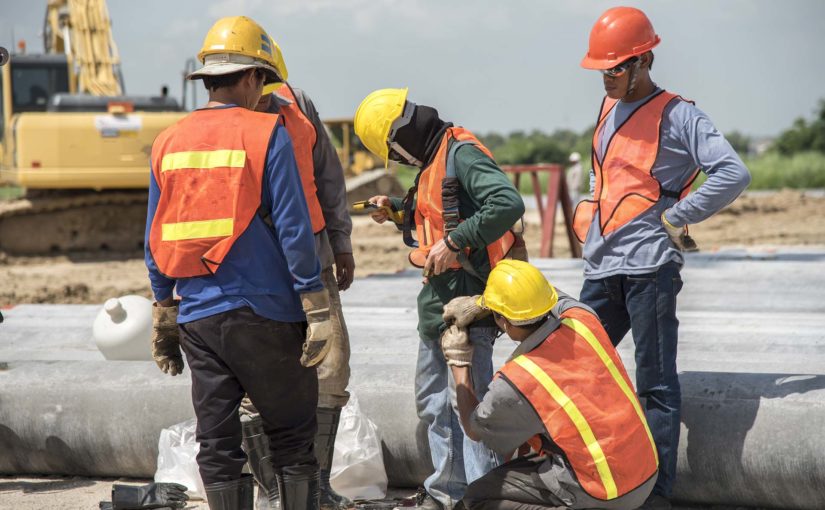Safety culture is often a hot topic at health and safety conferences. According to Amy Knight, QSSP, a Sales Safety Specialist at Airgas, the concept encapsulates the attitudes and behaviors of all company personnel in the workplace. While the idea of building a successful health and safety program in your organization may seem daunting, Knight insists it doesn’t have to be. So what’s the secret sauce to establishing a thriving “culture of safety” throughout your organization? Here are six key tips:
Lead by Example
Implementation starts at the top—usually with those in key leadership positions. The example set by upper management is the first line of defense in keeping the workplace free of health and safety issues.
Knight says, “You have to be proactive with your safety culture. What will yield long-term results and reduce your injuries and accidents and increase overall morale needs to start with leadership.”
Be Genuine
Safety is more than just talking the talk. It’s also walking the walk. Knight insists employees can tell when you’re being disingenuous: “The moment it sounds like a spiel, your employees are going to catch onto that and become complacent because they know you truly don’t care.”
Open the Lines of Communication
In any good relationship, communication is key. That same concept applies to your workers. An open culture of trust between employer and employees can be a powerful tool when it comes to opening a dialogue around safety procedures. That confidence will help you gain genuine insight into what is working for your team and where the knowledge gaps are.
“We are all constantly having to re-learn proper safety procedures,” Knight says. “When top-level leadership is open about communication and understands that is the way the culture works, you’ll have continuous success.”
Provide the Resources
You should never assume that a new hire is aware of the latest safety procedures or has been trained on all the potential hazards in your workplace. Because there are no industry-wide safety culture standards, training can vary from organization to organization. When designing a new program, Knight recommends taking a look at OSHA standards as a starting place and tailoring your procedures to fall in line with their guidance.
“Whether it’s a new employee or someone who has been on the job for 30 years, everyone can always use a refresher,” explains Knight. “A refresher doesn’t have to be an hour-long conversation. It can be a toolbox talk, a safety video or an expert coming in to speak.”
The Best Prevention is Retention
No matter what type of training sessions you choose to employ at your organization, Knight insists reoccurring training is the best tactic for learning retention. “Employee orientation can take place over a day or several days. However, it’s not always the best tactic. When someone is having 16 hours of training at one time, information retention isn’t great so you need to make sure your team is revisiting those safety topics again and again.”
Try a Little Appreciation
Nurturing a culture of safety means you need to get employees on board—and showing your team a little appreciation can help.
“Ask them if there is anything they’re struggling with or get their feedback on current communication methods. You may be surprised by what you learn.”
Knight also insists a great way to get your team involved is by establishing a safety committee at your company. “Let it be a place where they can feel free to speak and communicate with each other. Keep communication a two-way street and your organization will be sure to thrive.”

great discussion, I will give this to my branch managers for a tool.
Thank you for the feedback. Please feel free to share it with your employees and customers.
Great article Amy! Thanks for sharing!
Thanks for sharing Amy!